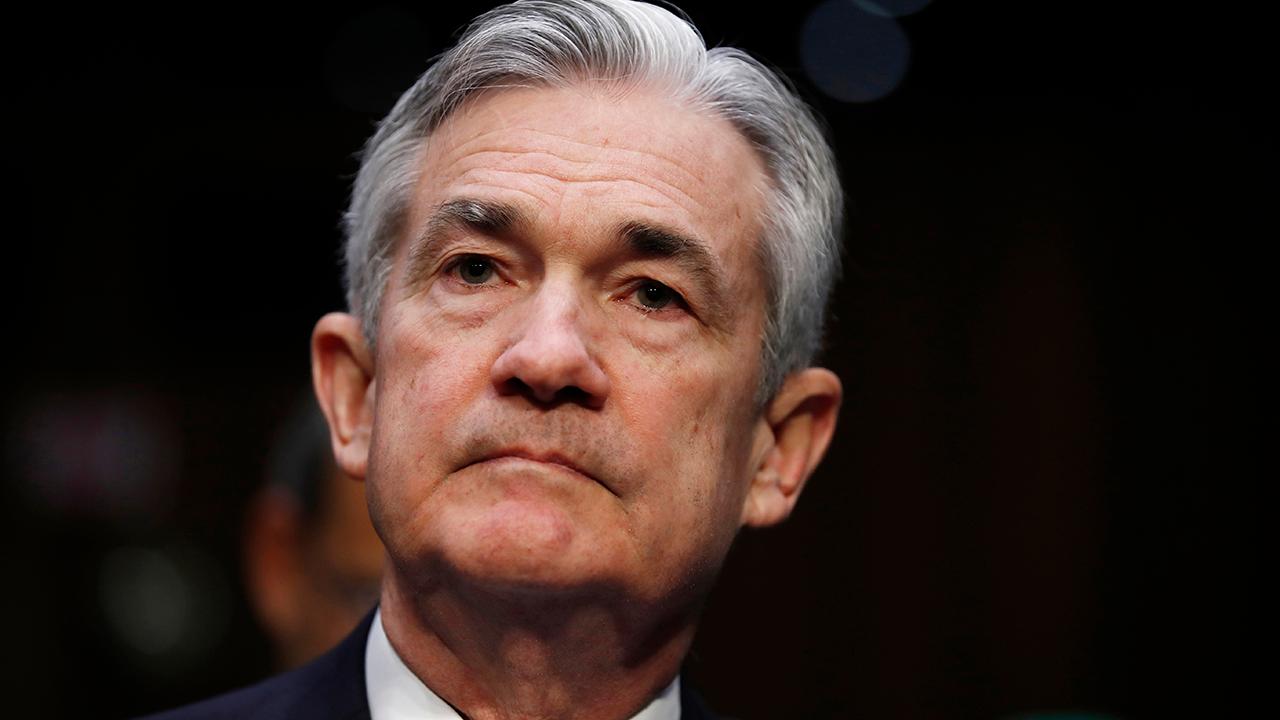Fed's thinking on future rate increases will come into focus this week
Federal Reserve officials meeting this week will weigh whether they will need to raise interest rates more aggressively in coming years because of recent tax cuts and government-spending increases. The Fed in December expected a gradual path of rate rises would allow the economy to keep expanding without overheating. They penciled in three rate increases this year and two each in 2019 and 2020. Since then, however, the burst of fiscal stimulus, together with steady growth and very low unemployment, has raised questions about how long they should maintain that approach, according to recent interviews and public comments. Fed officials are still likely to approve a rate increase at their meeting ending Wednesday. They will also release updated projections showing whether more of them now favor four rate moves this year rather than three. A bigger question, though, is whether more officials signal support for adding more rate rises next year and in the year after, and whether they might keep lifting rates over time to a higher end point than they had envisioned in December. These decisions will ripple widely through the economy, influencing borrowing costs for consumers, businesses and investors. Fed policy has markets on edge because, for the first time since the central bank began raising rates in 2015, officials are now more likely to dial up than to slow down their pace of increases. This Fed meeting is also the first to be led by its new chairman, Jerome Powell, who had promised continuity with the gradual rate rise path charted by his predecessor, Janet Yellen. Because of the added fiscal stimulus, "the world inherited by Powell as Fed chair is very different from the world Yellen planned to hand on to her successor," said Krishna Guha, vice chairman of Evercore ISI, a research firm. Mr. Powell, in recent congressional testimony, didn't indicate how much he expected to raise rates in coming years. But when asked what could cause the Fed to move four times this year, he cited fiscal policy among several reasons why his economic outlook had strengthened since December. "We've seen continuing strength in the labor market. We've seen some data that will, in my case, add some confidence to my view that inflation is moving up to target. We've also seen continued strength around the globe, and we've seen fiscal policy become more stimulative," he said. Another significant sign of the shift in thinking at the Fed were recent comments by Fed governor Lael Brainard, who had emerged in recent years as an influential advocate for raising rates very cautiously. In a speech this month, she said she had become more confident inflation will rise, allowing officials to continue raising interest rates. She also cited the tax cuts and spending increase among the factors that could spur stronger growth. "Although last year we faced a disconnect between the continued strengthening in the labor market and the step-down in inflation, mounting tailwinds at a time of full employment and above-trend growth tip the balance of considerations in my view," Ms. Brainard said. Ms. Yellen had sought to navigate between two conflicting signals cited by Ms. Brainard: falling unemployment that, by November, had dropped to 4.1%, a 17-year low, and inflation that was proving softer than expected and running below the central bank's 2% target. Ms. Yellen's solution was to raise rates gradually -- just three times last year. That would let low unemployment nudge inflation up to the Fed's goal without sending price pressures out of control. The latest fiscal-policy changes deliver a curveball to that strategy. President Donald Trump has said he hopes the tax cuts enacted in December will pour "rocket fuel" into the economy. Many Republicans say this can work without spurring excessive inflation by encouraging businesses to invest and raise productivity. Congress also approved in February a boost to federal spending over the next two years, which many analysts believe will fuel stronger demand without improving productivity. Wall Street economists expect the measures will push unemployment down to the low 3% range next year. U.S. joblessness hasn't been that at that level since the Korean War, and no one is quite sure what that could do to inflation or financial stability. The Fed wants to make sure the economy stays on an even keel. If it raises rates too slowly, it could allow inflation to take off or encourage asset bubbles. If moves too fast, it could curb growth too much, hurting employment and investment. Some of the 15 participants at the Fed meeting are likely to raise their individual estimates for rates in coming years. For now, though, the Fed has little reason to dramatically modify its plans. But that could change if economic data turns stronger in coming months. The risk of overheating would force the Fed "to press harder on the brakes at some point over the next few years," said New York Fed President William Dudley in a speech earlier this year. This scenario worries officials because the Fed doesn't have a good record of cooling the economy to an ideal level without triggering recession.
